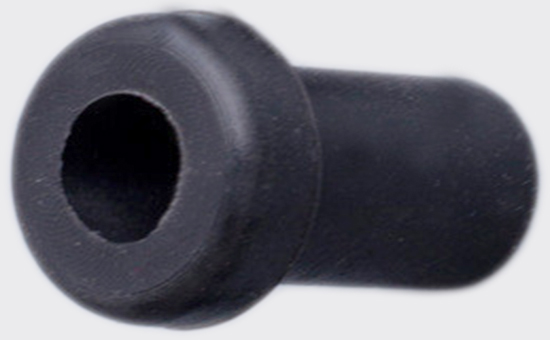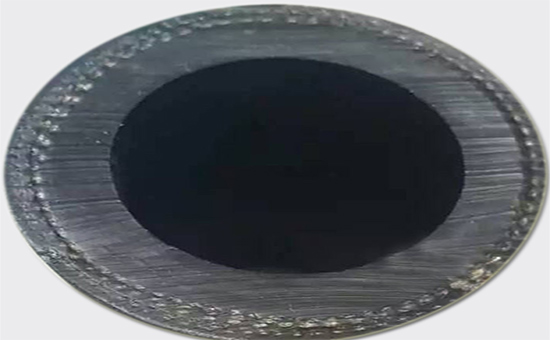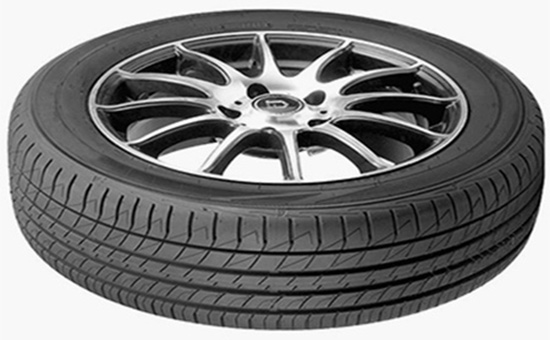Natural rubber has high elasticity and high strength, and can be used in the production of various rubber products through proper coordination and vulcanization to meet different needs. In actual production, the variety of compounding agents in the vulcanization system, reinforcing filling system, softening system, and anti-aging system of natural rubber products directly affects the performance and service life of the product. So which rubber additives are commonly used in natural rubber? How to coordinate among the compounding agents more rationally?
1. Vulcanization system
Commonly used vulcanizing agents and crosslinking agents in the rubber products industry include sulfur, sulfur donors, organic peroxides, urethanes, maleimides, and so on. When using natural rubber to produce rubber products, sulfur vulcanization systems are more widely used. In addition to sulfur in the natural rubber sulfur vulcanization system, accelerators and active agents are also required. Commonly used accelerators are mainly divided into thiazole accelerators, sulfenamide accelerators, thiuram accelerators and guanidine accelerators; the active agents mainly use zinc oxide and stearic acid.

2. Reinforcing filling system
In actual production, carbon black is the most common reinforcing agent in the rubber products industry, and calcium carbonate is a relatively large amount of filler. When selecting the compounding agent in the natural rubber reinforcement and filling system, carbon black, white carbon black are commonly used for reinforcement, as well as non-reinforcing fillers such as calcium carbonate, clay, talc, and silica alumina carbon black; some rubber products will also Filled with reclaimed rubber powder for reinforcement. Generally, black and dark natural rubber products are mainly reinforced with carbon black, and white, light-colored and colored natural rubber products can be reinforced with white carbon black instead of carbon black.
3. Soften the system
The role of rubber softener is to soften the rubber, improve the plasticity and fluidity of the rubber, and improve the processing performance of the rubber. In the production of natural rubber products, the softening system is mainly pine tar and third-line oil. Rosin, coumarone resin 2YLYY1022 or paraffin can also be used. One softener, rubber oil can be selected, or two or more products can be used. Used together to further coordinate the interaction among the processing properties of natural rubber and the physical and mechanical properties.

4. Anti-aging system
Natural rubber has poor aging resistance, which is a fatal flaw. When using natural rubber to produce rubber products, choosing the right type of antioxidant is of great significance to prolong the service life of the product. In actual production, the p-phenylenediamine products among the amine antioxidants have better protective effects in natural rubber. Common ones are 4010, 4020, 4010NA, etc., followed by phenolic antioxidants.
5. Special cooperation system

Natural rubber can be used in the production of foamed rubber products such as sponge foam rubber sheets, sponge soles, etc., or in combination with flame retardants to prepare flame-retardant and flame-retardant rubber products, and so on. At this time, natural rubber product manufacturers also need to rationally design the foaming system (commonly used foaming agent H with alum, baking soda, etc.), flame retardant system (common flame retardants are the combination of chlorinated paraffin and antimony trioxide, hydrogen Alumina, sodium borate, molybdenum oxide and tricresyl phosphate, etc.), the editor will have the opportunity to discuss related issues in detail with you.
Exclusive original article [commercial authorization] reprint, excerpt and excerpt in any form are prohibited without written authorization. Focus on Hongyun rubber: learn the process formula and raw material technology of producing rubber products from recycled rubber to help you reduce costs and increase profits